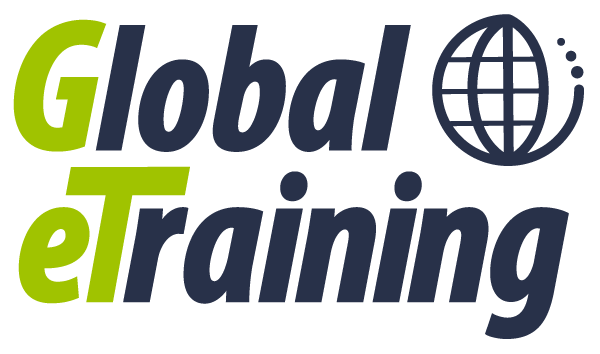Reap the benefits of Online Training for your organization.
Welcome to our new series on ‘The Ten Perils of eLearning.’ In our years providing online, on-demand Autodesk and BIM training, we have discovered that success is only a few proactive steps away.
So starting today, we’re publishing a new series of posts discussing those steps – the common pitfalls and challenges that organizations face when implementing online and blended learning solutions, and how you can manage them to maximize the effectiveness of your eTraining investment.
We’re beginning with a quick overview of the benefits of training online because understanding these provides you with answers to the ‘why?’ question asked by almost every executive when they’re asked to invest in non-traditional training activities. Then, starting next week, we’ll take you through each of the perils and how you can manage them within your organization.
We love feedback, so please let us know if you have any suggestions, requests or experiences for us to include in this series!
The Benefits of Online Training and Blended Learning
Eliminate the printed textbook.
Think back to your days in school. Remember lugging your textbooks from class to study hall and back to the dorm, flipping through the pages with notes and highlighters? They’re inefficient, cumbersome, not to mention pricey. Now that technology can accommodate it, putting the content online is a natural conclusion.
Adapt to the competitive environment.
With the speed of delivery, widespread accessibility, and reduced cost, online learning is an immediate source of competitive advantage. It enables you to train your geographically-dispersed workforce quickly, cheaply and effectively.
Free your BIM and VDC Managers for more strategic activities.
With the software essentials covered effectively by the online training, your power users will be no longer bogged down by supporting the learning demands of the team. Instead, they are free to spend more time elevating the use of BIM within the organization to better manage projects and deliver greater value.
Provide accessibility across offices and in remote areas.
It is costly and inefficient to send an instructor to remote offices to conduct intensive short courses for a small number of people, only to have learners forget the material in the time between taking the course and using the tools. Online training provides opportunities to access learning materials over an extended period of time, over a geographically-dispersed area, and without the added costs of travel and trainers.
Create off-hours access.
The easy availability of internet access, combined with any of a number of personal digital devices, means that learners can make use of travel time and off-hours to learn. This minimizes time spent out of the office for training and allows learners to progress at their own speed
Make it track-able and record test scores.
An online Learning Management System (LMS) can track and record access, activity, and performance in ways instructor-led learning cannot.
Standardize and maintain
Standardize learning and tool deployment, and create a culture of continuous growth and skills development by maintaining a single ‘trainer.’ Online learning reduces the ‘drift’ in workflow standards from one instructor to the next. If the learning is provided company-wide, it also presents a unified internal brand.
Research
If you’d like to find out more about some of the numbers behind these observations, here is some of the available research:
- Results of the First eLearning Barometer in Europe (2013 results)
- Technology-Based Learning Strategies, US Department of Labor, Education, and Training Administration strategy paper
- New Learning Agenda – Talent:Technology: Change (2013 results), Towards Maturity


